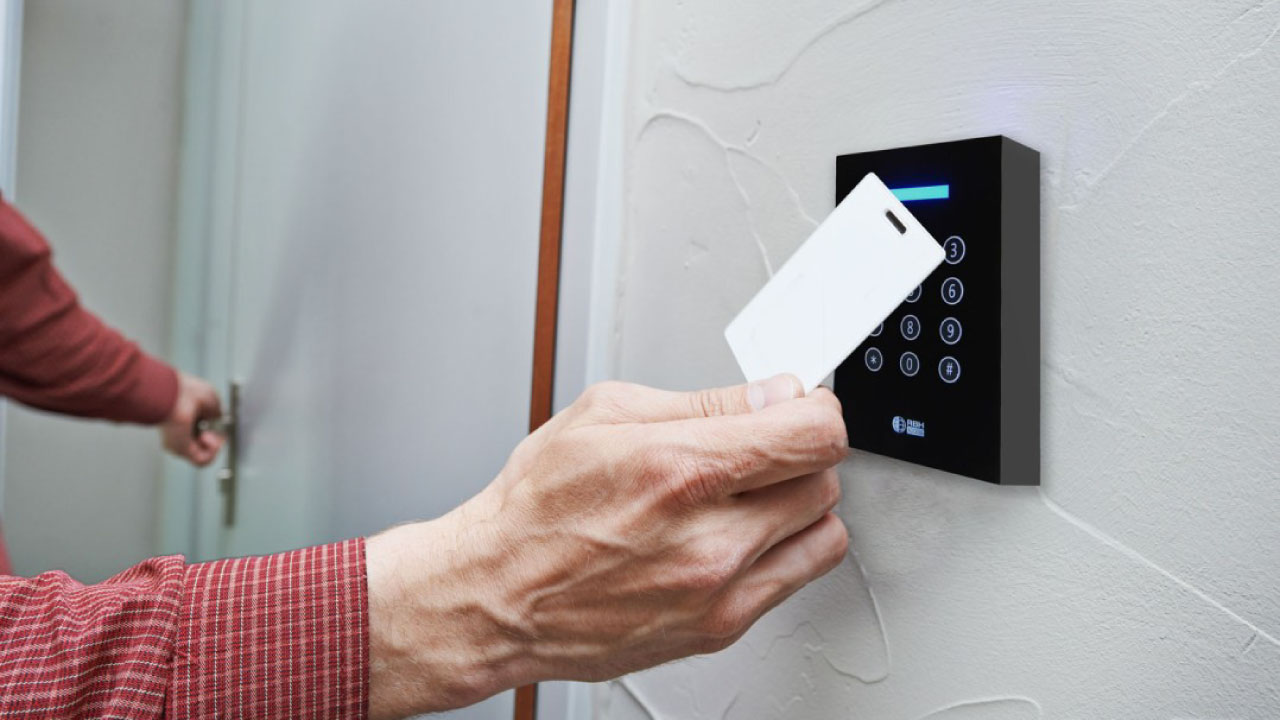
5 Key Aspects of Access Control Today
Access control is a crucial tool in terms of security for any organization or company, we refer specifically to physical access control systems as a first indicator of security that provides protection and confidence in an institution. An access control system designed according to needs, and budget and oriented to be effective can protect confidential information, and physical assets to the personnel of the organization.
1. Objectives and needs:
Before installing Access Control, you should be clear about your objectives and needs in terms of security. For example, do you want to restrict access to certain areas or only register the entry and exit of people? do you need a report on the entry and exit of each cardholder? do you require a validation system for mass entry of people or control of the number of people in a specific area? Each industry or market has its characteristics that must be taken into account to ensure the operation of the system according to the expectations generated by the end user.
2. Type of entrance control:
By being clear about the needs of the system to be installed, such as pedestrian, vehicular, or restricted access such as a data center, it is possible to determine the most suitable type of access control. There are different validation devices: proximity cards or tags, pin or key access, biometric readers (fingerprint, palm, iris, facial), and finally mobile credentials, which are currently on the rise. The result of the selection of the validation device makes it possible to determine the corresponding reader for each access point.
3. Integration with other systems:
In some cases, access control must be integrated with other systems, such as alarm systems or video surveillance systems. It is important to ensure that the access control platform is compatible and can be properly integrated or supported with other existing systems to create value in the operation.
4. Installation, configuration, and start-up:
The commissioning is a crucial point since it is where the system enters to support the entire operation of the access points successfully, for this, both the installation and configuration of the management software and the adjustment of the communication protocols between the control hardware and the readers perform trained and experienced technical personnel.
5. Expansion, maintenance, and support:
With the constant evolution of technology as well as threats, it is necessary to continuously update and improve access control systems to ensure their security and effectiveness in day-to-day operations. The system should not be limited to growth or migration to a platform with more features and should be as effortless as possible.
In this sense, expanding access control involves evaluating existing systems and determining if additional enhancements are required to ensure the security of the organization. This may include implementing new physical security procedures, upgrading existing systems, or integrating advanced technology to improve the efficiency and effectiveness of access control. It is important to ensure that the access control system supplier delivers a system with a factory support contract for both installation and ongoing operational training.








